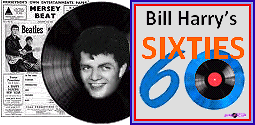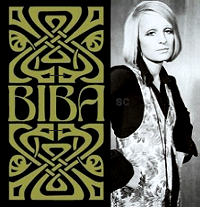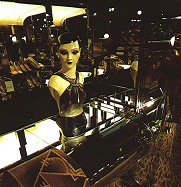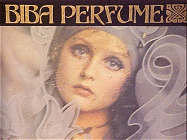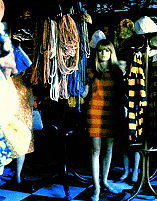 |
Barbara recalls, “Our greatest thrill was when Brigitte Bardot came, just
after her marriage to Gunter Sachs. They arrived one busy Saturday. The
shop was packed but as the news spread even more people rushed in. Brigitte
wanted to try on some dresses but Mr. Sachs would not let her undress
in the communal dressing room. Fitz and I and a friend were sitting in
our airless office, an old stock room. Suddenly Sarah came in and said
someone wanted to change in the corridor.
She had a big grin on her face and winked as she closed the door, so I
had to peep and see who it was…I couldn’t believe my eyes. There was Brigitte
prancing from mirror to mirror with just her knickers on and Gunter trying
to cover her up. I said, ‘Fitz you’ve got to see this!’ Brigitte wanted
to go out as she was, undressed, to get more things from the shop, and
her husband was frantically trying to stop her.” On another occasion,
Barbara noted, “One night as we were closing a tiny blonde girl came in
and began taking the clothes off the hatstands. Instead of trying them
on behind the dangerously wobbly screen, she stripped off in the shop
and proceeded to try on smocks and trouser suits. Fitz was told to stay
in the back office, as the tiny uninhibited girl was prancing round dressed
only in her knickers. She was magnetic – her skin was like marble and
her features larger than life. It was Julie Christie, getting her wardrobe
together for the film ‘Darling.’” |
